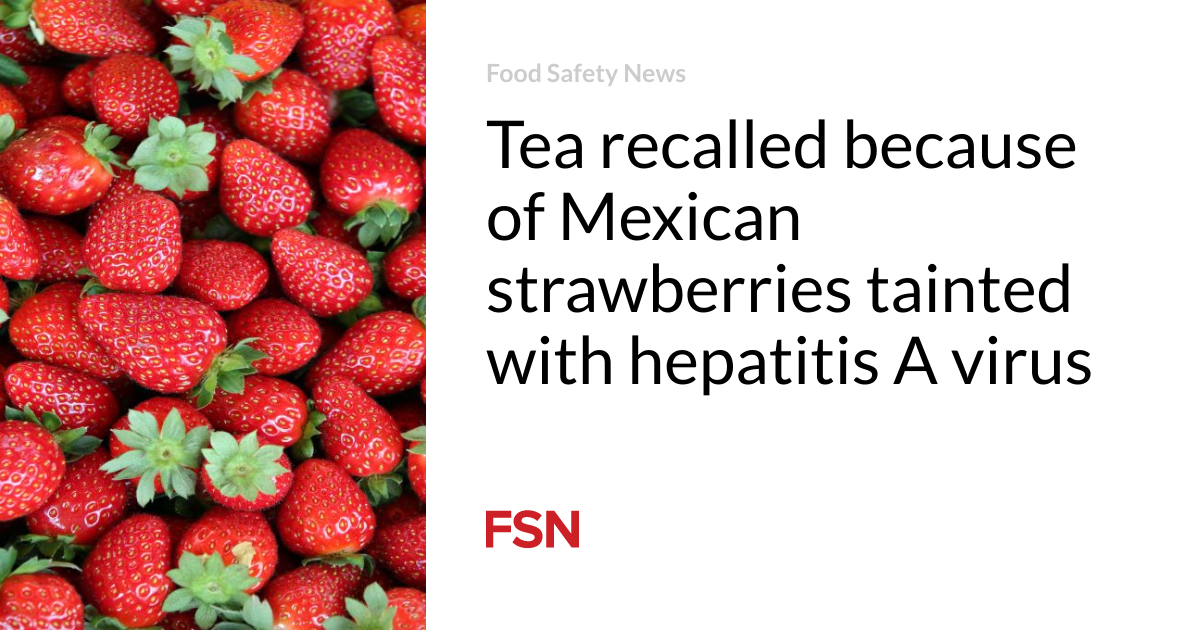The highly pathogenic avian flu is costing the United States so much that Secretary of Agriculture Tom Vilsack is kept on the ready to pour more money into the fight.
The Secretary is authorized to tap the cash at the Commodity Credit Corporation to fund USDA’s avian flu flight, which is run out of the Animal and Plant Health Inspection Service (APHIS). Vilsack has not hesitated to make the fund transfers from Commodity Credit to APHIS.
In March, Vilsak approved the first $130 million in emergency funding for APHIS to address the problem. The Secretary added $263 million to the HPIA work in late April. And just this past week, Vilsack transferred another $400 million transfer.
That’s $793 million transferred to fight avian flu. The virus has been found in 35 states, affecting more than 37.9 million domestic birds, primarily chickens, and turkeys. APHIS works with the states to quickly identify and address new HPAI cases.
The Commodity Credit Corporation (CCC) is a government corporation authorized to buy, sell, lend, make payments, and engage in other activities for the purpose of increasing production, stabilizing prices, assuring adequate supplies, and facilitating the efficient marketing of agricultural commodities.
The programs funded through CCC are the Farm Service Agency, the Agricultural Marketing Service, and the Foreign Agricultural Service. The CCC has the authority to borrow up to $30 billion from the U.S. Treasury to carry out its obligations.
“Continuing our nationwide response to highly pathogenic avian influenza is critical to minimizing the impact on our nation’s poultry industry,” says USDA’s Undersecretary for Marketing and Regulatory Programs Jenny Lester Moffitt. “Safeguarding U.S. poultry and egg producers from the effects avian influenza could have on agriculture and trade is a critical aspect of this response. This funding will allow APHIS personnel to continue to deploy and support the emergency wherever they are needed.”
In the month since the last fund transfer, avian flu was discovered in 151 additional flocks in nine states, affecting more than 10.8 million commercial and backyard birds. APHIS has mobilized 1,125 employees both physically and virtually to respond to the outbreak.
APHIS views HPAI as a very serious disease requiring a rapid response. It is highly contagious and more often than not, fatal to poultry. APHIS and state agriculture departments are implementing response plans that include quarantine restrictions, depopulating affected flocks, disposing of depopulated birds, cleaning and eliminating the virus from the premises, and conducting surveillance in surrounding areas.
APHIS is encouraging the poultry industry to practice the most stringent biosecurity.
There have been two documented cases of human infection this year.
According to APHIS, avian influenza is caused by influenza Type A virus (influenza A). Avian-origin influenza viruses are broadly categorized based on a combination of two groups of proteins on the surface of the influenza A virus: hemagglutinin or “H” proteins, of which there are 16 (H1-H16), and neuraminidase or “N” proteins, of which there are 9 (N1-N9).
Many different combinations of “H” and “N” proteins are possible. Each combination is considered a different subtype, and related viruses within a subtype may be referred to as a lineage. Avian influenza viruses are classified as either “low pathogenic” or “highly pathogenic” based on their genetic features and the severity of the disease they cause in poultry. Most viruses are of low pathogenicity, meaning that they cause no signs or only minor clinical signs of infection in poultry.
(To sign up for a free subscription to Food Safety News, click here)












